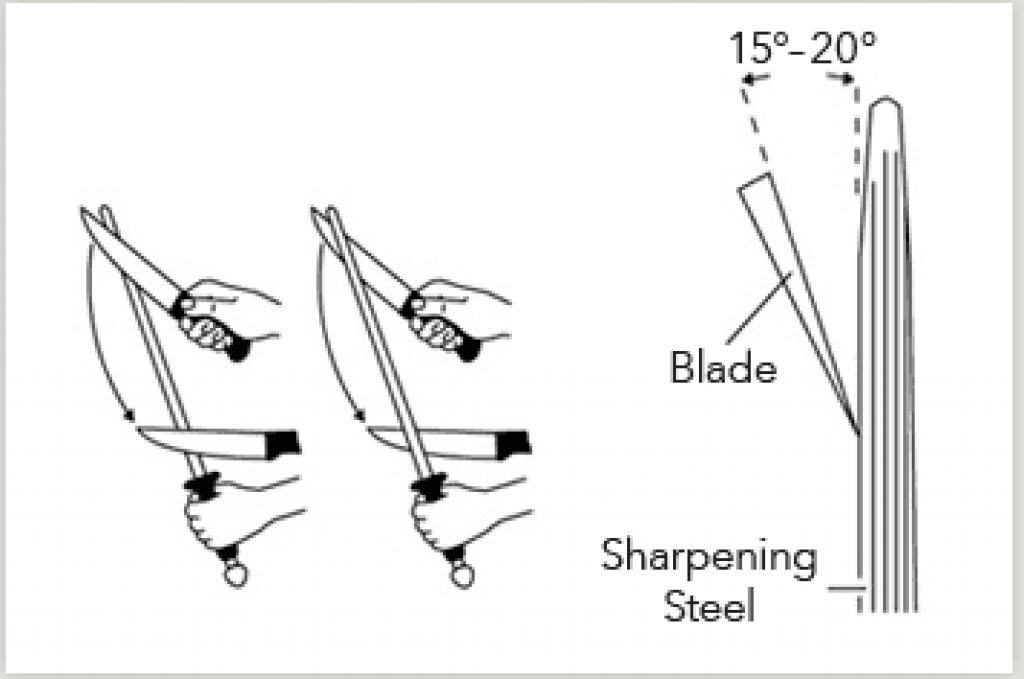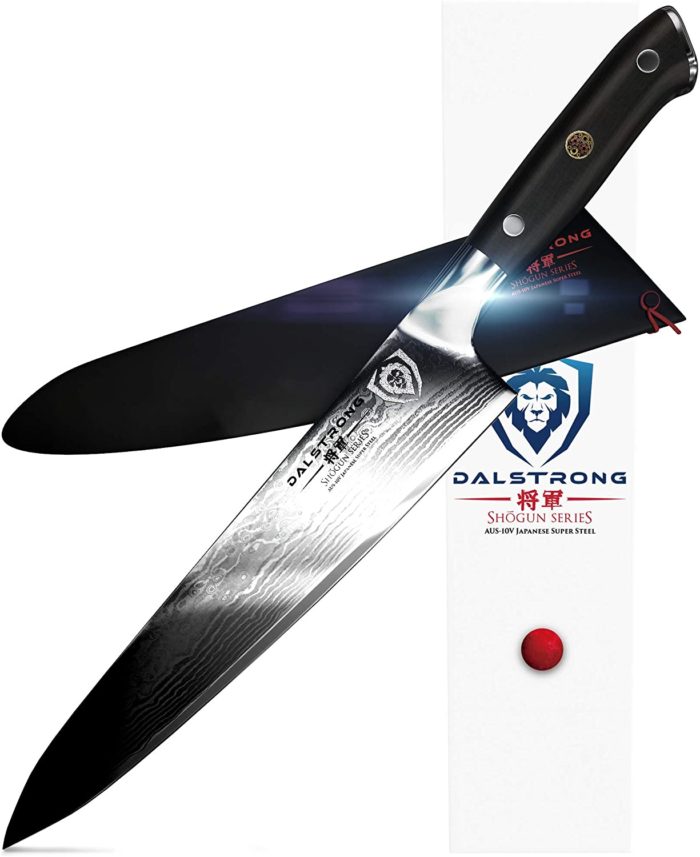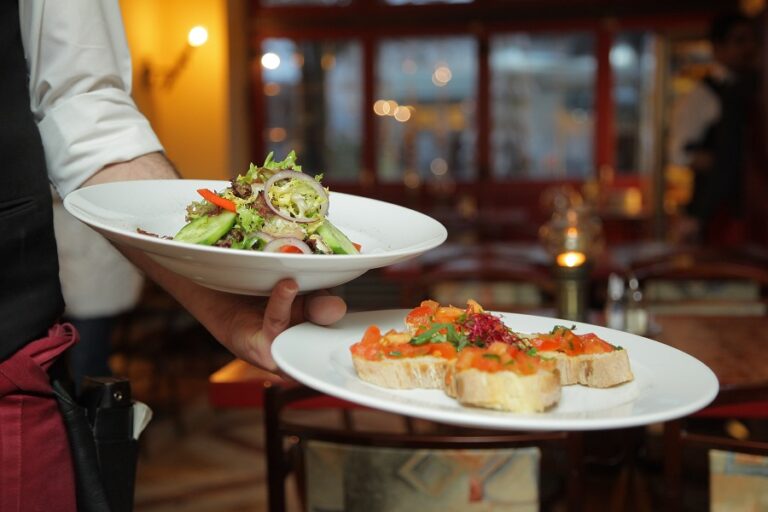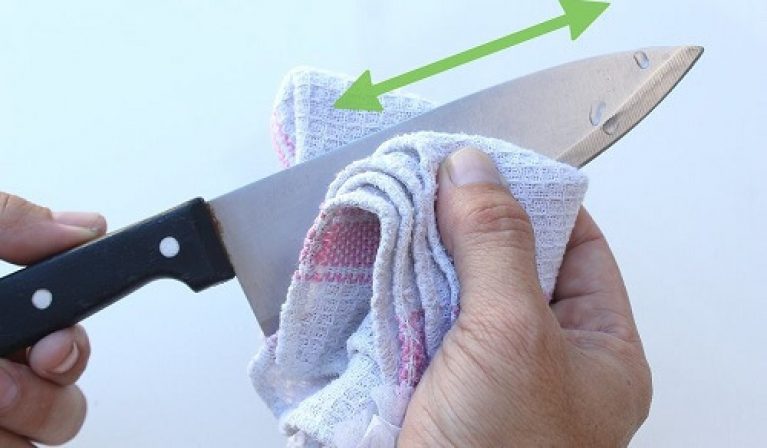Sharpening Your Dalstrong Knife. If you want to maximize the life and performance of your Dalstrong knife, you must be sharpening and honing regularly. Knives lose their sharpness because of many factors. These include their composed steel, cutting surface, cutting technique, frequency of use, and items they use to cut.
Like all other knives, you should hone steel routinely which will help you to remove the burr that occurs over time when the steel of the knife’s edge begins folding. If you sharpen sporadically, it’ll get back the edge to normal.
But, honing and sharpening are not the same things, and also they needed to do different ways. Honoring helps you re-align your blade’s edge and sharpen acts to remove and prevent the formation of the new edge.
The Difference Between Sharpening & Honing
Keeping a sharp knife sharp is the purpose of a home not made to sharpen a dull knife. The term “steel a knife is just a practice of using a Hone. When it comes to honing a knife, it doesn’t involve the taking away of metal.
As some hones are available with a diamond surface, they’ll remove ceramic, and metal hones in small amounts of metal. However, in general, we don’t use the term hone for the reason of eliminating metal. Besides, you can’t sharp a dull knife only by honing it.
Sharpening a knife using a water stone is to take out metal. It’s just the metal that makes the knife dull. Also, this metal has yielded to the everyday pressures of the kitchen. Thus it becomes unable to stay at the place it was when your knife was just sharpened or new.
Because it engages the deletion of metal from the knife, some people think this sharpening act is somewhat “destructive.” You’ll get more information from our other blog about “best Dalstrong Knife.”
Honing
As the Gladiator Series practices high-carbon steel, it holds a longer edge instead of softer, cheaper steel. It would help if you used a rod for steel honing to pursue the below instructions. The knives of the Shogun Series have made of premium AUS-10V steel with hand-finished providing the optimum acute angle.

Although we don’t recommend honing, it very often practices a medium-fine and ceramic-made honing rod with about 1200 grit. It’s vital if you think you should hone your Shogun knife. After that, follow the given instructions:
- First off, hold the honing steel handle and rest the tip down on a flat surface or counter top.
- Use your dominant hand to hold the knife by touching the steel and sharp edge of the blade.
- Hold the blade with about a 20-degree angle of honing steel; that’s the best position for it. It’ll help you to obtain the correct angle to the steel. Piece of Advice: First, hold your knife at an angle of 90-degree, similar to the work or space counter to get the angle. Then make the angle half (45-degree) once more and make it more to achieve the proper angle of the Gladiator Series.
- Now, initiate with your knife’s heel and put the blade down beside the steel tp the counter. It’ll maintain light pressure. Make sure to drag the handle back to you to help you contact the whole edge of the blade’s length.
- Repeat the process to the other sides of your knife.
Serrated Knives
You have to choose the diameter of the sharpening rod that matches with your knife’s serrations. When it comes to your Dalstrong knives, it’s ideal to use a rod of 8mm for your blade’s serrations.
- By laying the sharpening rod in the serrations, start sharpening of its all teeth one by one and move it from up to down.
- Ensure that you’re hitting the serration’s full length. It may need to hold your sharpening rod at a bit angled.
Here is a note that you have to lay your knife flat on a table on its edge. It’ll help you to avoid possible accidents, and you can sharpen the knife with ease.
Sharpening
Whetstones are the best way when you need to sharpen your knife. No matter if it requires a bit of expertise, you’ll get sharp edges with no trouble. While using a whetstone, it’s more about making sure the side has correct geometry.

In this case, we recommend using a medium grit sharpening stone ((#1000) and a beautiful finishing stone with grit (#6000). Below the processes of handling this whetstone:
-
Keep the whetstone underwater for 5 to 10 minutes. Or, keep it there until you see no more air bubbles are appearing out there. Thus, the stone of the knife will absorb the best possible amount of water and continue to use water while sharpening. As the water joins with smaller particles come out from the stone to make a coarse substance, it allows your sharpening to get a place.
-
Put the stone on a towel or an anti-slip base and start using stone with the grit of the (#1000).
-
Move your blade back to forth that means from away to towards its body at an approx 10 to 15-degree angle across the whole stone. Don’t forget to apply light pressure.
-
You have to start at your blade’s tip, pull it on the stone, keeping it to the down and middle towards its base. In a little while, you’ll find a distinctive edge.
-
Please do the same we said on the above steps with the other side of your blade. Also, you have to repeat the processes as long as it needs.
-
Last, of all, take out the last burrs by pulling the blade twice at an angle to the cutting edge. You should now find a sharper blade.
-
Finally, wash off the stone along with another grinding residue. After rinsing off the knife cautiously in hot water, make it pat dry!







